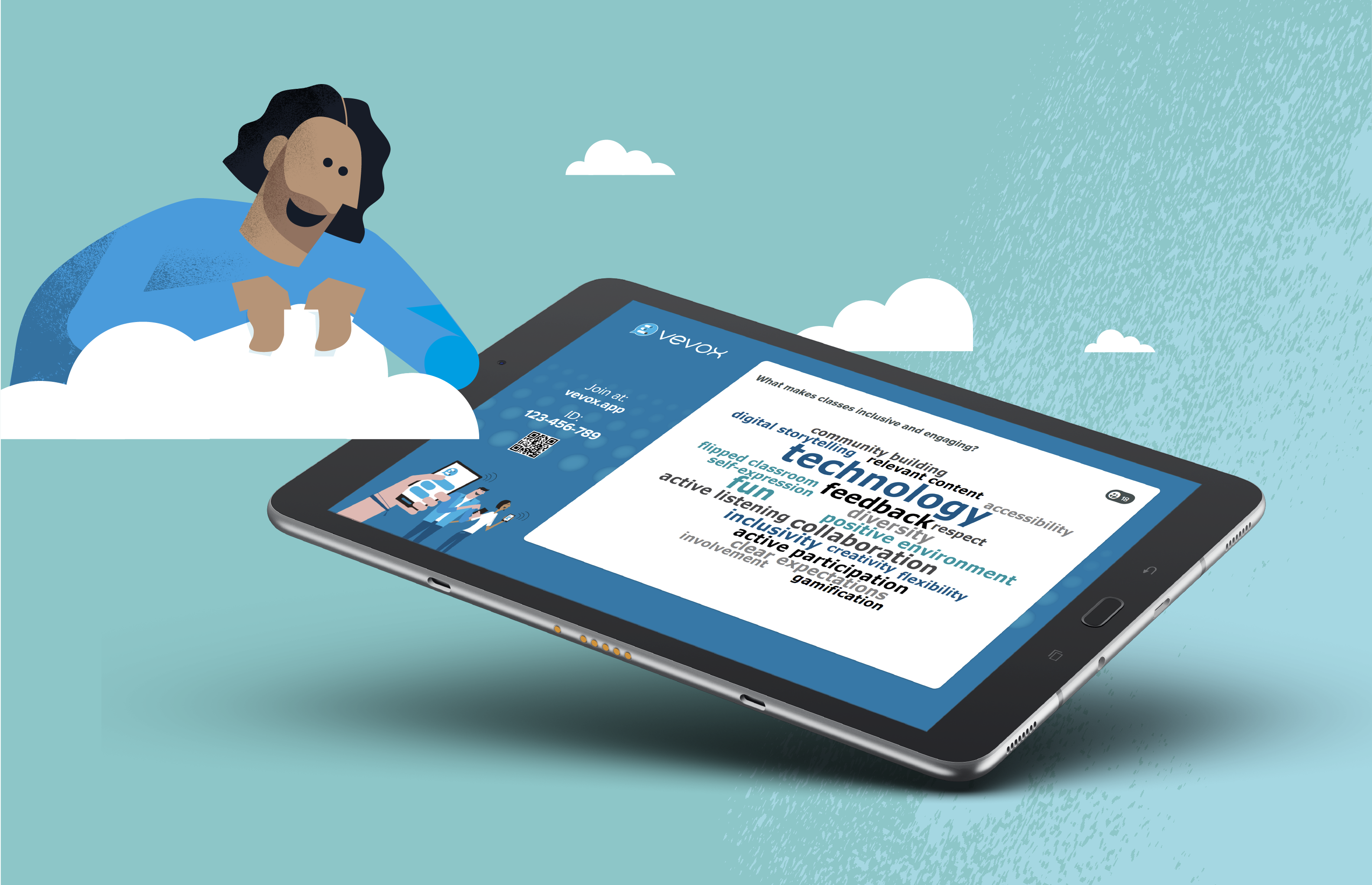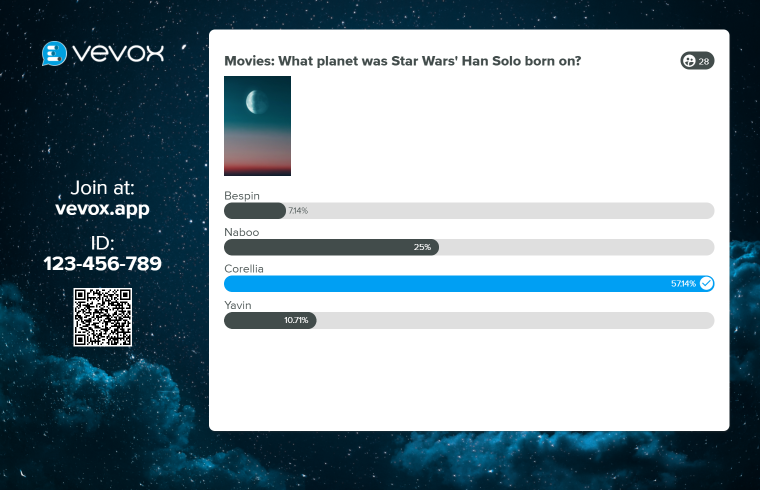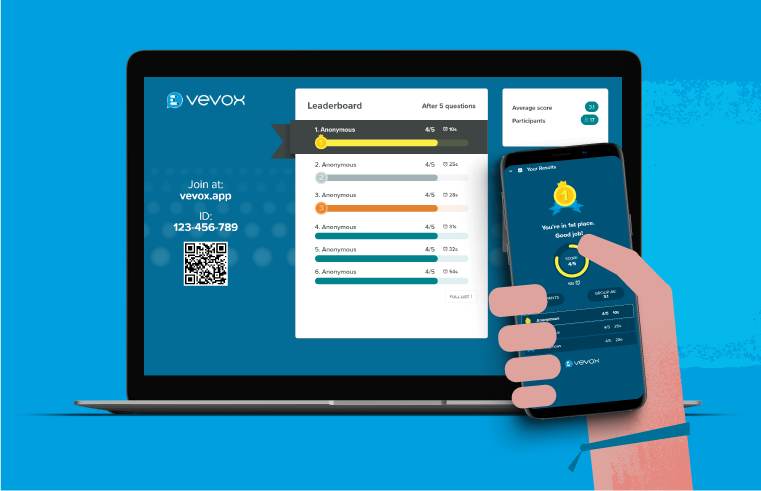The business of colleges and universities is the creation and diffusion of knowledge. The commonplace perception in Western societies, since the end of World War II, has been that completing a college or university course and obtaining a degree equate to better job prospects, higher earning potential, and a comfortable future. This blithe assumption is challenged by technological change, by the mounting real cost of attending a University, and the attendant concern that Higher Education guarantees fewer students the career they want with each passing year.
The impact of disruptive technology and growing student requirements for a demonstrable return on their substantial personal investment in learning have meant that the structure and purpose of Higher Education is now under closer scrutiny than at any time since the late nineteenth century; when the function of the University shifted from the mere dissemination of knowledge to its conception and incubation through a new and appreciable emphasis on research.
How must Colleges respond? The answer is two-fold: by focusing on student outcomes; and by leveraging and adapting new technologies to make education more adaptable to the student's needs.
Employers don’t just hire fledgling bankers, lawyers, social workers or project managers. They hire people. These people to make themselves attractive to employers, need not only to show vocational or professional knowledge but also, intellect, empathy, reasoning, understanding and the ability to learn. Institutions are accordingly taking steps to help educators transform their teaching practices to conform with the demands of the present and to anticipate the future through the creative use of technology. Above all to promote engagement and insight.
The University of Maryland, for instance, has embarked on a three-year initiative to transform its teaching process from one based on memorising knowledge to experiential learning and competency. This represents a radical change in the teaching culture.
The University of Maryland was an early adopter of mobile technology in the lecture theatre. The aim being to foster more active learning. Ron Yaros a Journalism Professor at the University has been researching both what material students best respond to and at what point during a lecture to introduce that element. He deploys mobile technology as a means of ensuring interactivity in the lecture theatre environment, which can too easily become a one-way channel of didactic inertia. If students are not actively engaged in a discussion over certain material, it can devalue the material itself. The point of education isn’t to programme students to think a certain way, determined by an instructor’s lectures, but to encourage them to analyse critically the information presented and to learn how to apply it in different contexts.
Professor Yaros engages by interpolating mobile quizzes and polls into his lectures. “It’s thinking every 10 minutes about what you are doing,” Professor Yaros said. “What could you be doing to maximize how people psychologically engage with information? In my opinion, if you don’t do that, these mobile devices, and let’s face it you can’t ban them, are just a distraction. You need to use the mobile to teach.”
Modern higher education, therefore, builds insight through engagement and context. The contention of Charles Dickens’ celebrated (and even in 1854 parodic) educationalist in Hard Times that,” You can only form the minds of reasoning animals upon Facts; nothing else will ever be of any service to them”, is the antithesis of how to teach now. You can only, in fact, plant knowledge by engaging the student.
In February 2017, the New Media Consortium which comprises hundreds of universities, colleges, museums and research organisations published a report which examined how technology would transfigure Higher Education. One key finding was that the role of the College Faculty was rapidly changing. This is because technological change is placing learning in the control of the students. Educators will increasingly act as “guides and facilitators”. The report noted that the technology expectations of mobile natives (Generation Z) are much different from those to previous generations, including millennials. While everything "on demand" is key, concerns over privacy have diminished. Generation Z prefer their digital experience tailored and have useful information presented to them behaviours and experiences.
Vevox is a teaching aid designed in response to this changing environment. It enables lecturers and training managers to create live polls in seconds, the audience to vote immediately and then watch the results arrive in real-time. This means lecturers, trainers and teachers can test students’ understanding, enabling them to focus their time on topics which need more attention. Respondents can answer anonymously, if wished – to enable more inclusive involvement and more accurate insight into understanding and views. Question and answer sessions can also be pushed out to the floor and audiences can share ideas, add ‘likes’ and give feedback – all overseen by the presenter or a moderator who can manage the proceedings, thereby creating a vital interactive environment that engages the participants and gives rise to insight.




.png)
